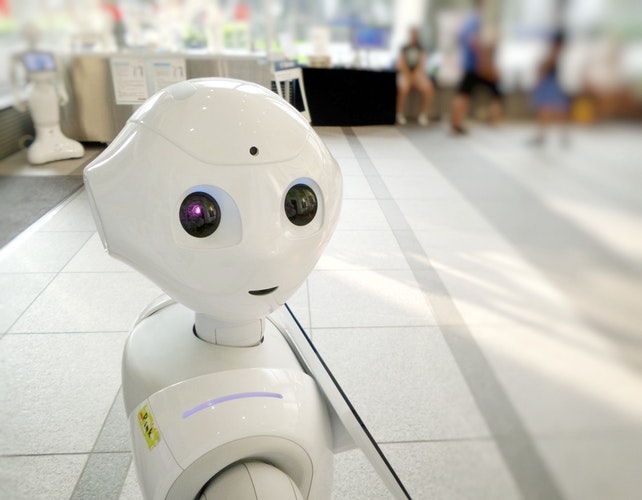TechInAfrica – Artificial Intelligence (AI) has been rapidly growing and adopted in many business organizations worldwide. However, there so many of them have incorrect ideas about it. Thus, Gartner, Inc. tries to correct those wrong thinking so that they will be able to create better future strategies for their businesses.

According to Gartner, there are at least five wrong ideas about AI, such as:
1. AI Aligns With Human Brain
The first incorrect way of thinking many people or organizations have is that AI works the same as the human brain does. The idea is definitely wrong. AI is one of a computer engineering discipline that contents with tools to solve certain problems. It gives an impression that AI is as clever as a human brain, but the thought is unrealistic and incorrect.
Alexander Linden, Research Vice President, Gartner, explained: is similar or equivalent to human intelligence.
“Some forms of machine learning (ML) – a category of AI – may have been inspired by the human brain, but they are not equivalent. Image recognition technology, for example, is more accurate than most humans but is of no use when it comes to solving a math problem. The rule with AI today is that it solves one task exceedingly well, but if the conditions of the task change only a bit, it fails.”
2. AI is Free of Bias
AI is all programmed based on data, rules, and other inputs from human experts. Thus, it’s not free of bias. As what’s explained by Linden, bias on AI is unavoidable. However, AI experts try to reduce it to the minimum level.
“In addition to technological solutions, such as diverse datasets, it is also crucial to ensure diversity in the teams working with the AI and have team members review each other’s work. This simple process can significantly reduce selection and confirmation bias,” Linden explained.

3. AI Does Not Require An Upgrade
The systems or machines based on AI will always need human intervention in order to develop them. Only experienced human data scientists are qualified to give the intervention. The involvement includes examining the problems, preparing the data, deciding on correct datasets, removing possible bias in the training data, and most importantly, keep the software continually upgraded to new knowledge and data for its next learning cycle.
4. Only Tech-Based Businesses Need AI
AI brings potential impacts, especially in detecting and solving problems of many business organizations in faster and effective ways. Giving up on the adoption of AI will bring a competitive disadvantage to the organizations.
“Even if the current strategy is ‘no AI’, this should be a conscious decision based on research and consideration. And – like every other strategy- it should be periodically revisited and changed according to the organization’s needs. AI might be needed sooner than expected,” says Linden.
5. AI Can Do Tasks Without Human Involvement
AI helps to make predictions, classifications, and clustering more accurately. Moreover, it works by replacing mundane tasks and enlarging remaining complex tasks. However, those abilities don’t come without human involvement even though only for unusual cases. Furthermore, it’s also needed to have existing staff offered some training options so that they can adjust to the advancement of AI in the workplace.


